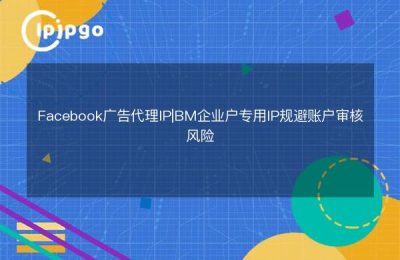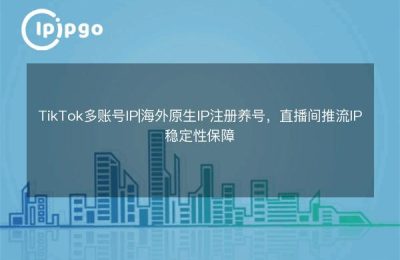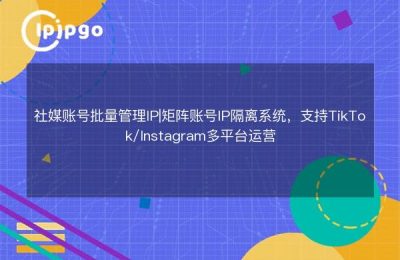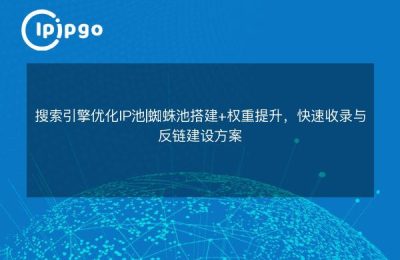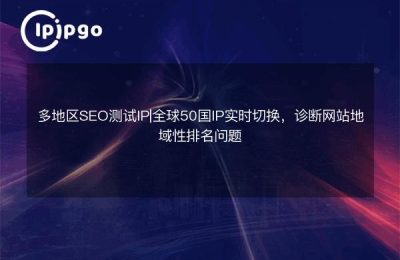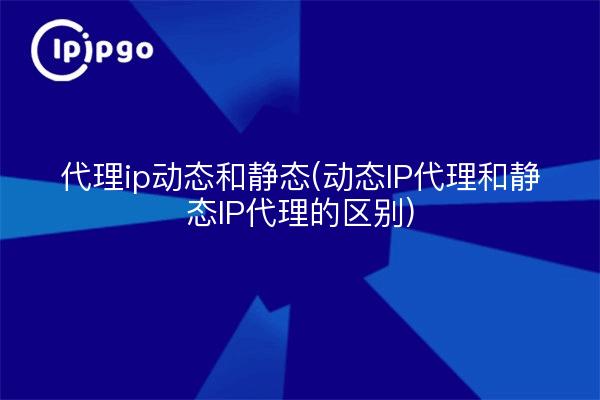
Proxy ip dynamic and static
Proxy IP is a common and important concept in the networking world. Proxy IP is categorized into two types, Dynamic IP and Static IP, which are distinctly different in their usage scenarios and characteristics.
A dynamic IP proxy is a proxy IP address that changes over a period of time. This type of IP address is suitable for scenarios where the proxy IP needs to be changed frequently, such as data collection, website access, and so on. Dynamic IP proxies can be realized by some technical means, such as IP pool rotation, timed replacement, and so on.
A static IP proxy, on the other hand, is a proxy IP address that remains unchanged over a period of time. This type of IP address is suitable for long-term stable access and connectivity needs such as server deployment, network acceleration, etc. Static IP proxies can provide more stable connection quality and higher access success rates.
Difference between Dynamic IP Proxy and Static IP Proxy
Dynamic IP Proxy and Static IP Proxy have obvious differences in usage scenarios and characteristics. Dynamic IP proxies are suitable for scenarios where proxy IPs need to be changed frequently, while static IP proxies are suitable for long-term stable access and connection needs.
In practical applications, we can choose the right type of proxy IP according to specific needs. For example, for data collection tasks that require frequent proxy IP changes, you can choose to use dynamic IP proxies, while for server deployment tasks that require stable links, you can choose to use static IP proxies.
Whether it is a dynamic IP proxy or a static IP proxy, it can help us better realize various needs in the network world. Of course, in the process of using proxy IP, we also need to pay attention to privacy and security protection to avoid some unnecessary problems.
In conclusion, knowing and understanding the difference between dynamic and static IP proxies can help us better apply proxy IP and realize more diverse network needs.

